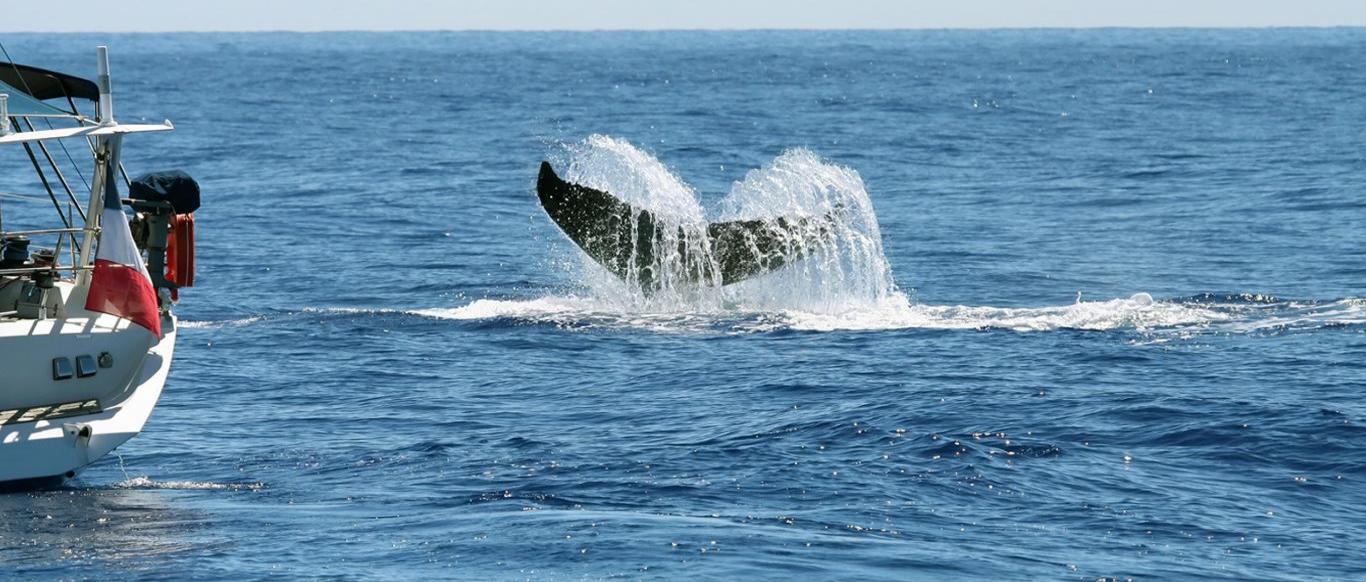Keeping Your Engine Cool in the Heat of Summer
No matter how you power your boat, maintaining your engine's cooling system is paramount to its operation. An overheated power plant can not only leave you stranded, it can also lead to costly repairs and possibly a full engine replacement. Having to get a sea tow because you failed to maintain your engine's cooling system can ruin your afternoon on the water.
Signs Your Engine Could Be Over Heating
The most obvious sign that your engine is overheating is the temperature gauge indicating your engine is overheating. However, you need to be sure that the gauge is working properly by testing it. Signs that problems may soon be underway include squealing bearings on the engine water recirculation pump, a stuck thermostat, white scaly residue on your engine, and bubbling or peeling engine paint. If your thermostat is stuck, your engine can overheat, overcool, and will not run optimally.
Types of Cooling Systems
Raw Water/Open System
Marine engines use two types of cooling systems. Raw water cooling systems, also called open systems, use the lake or ocean water to cool you engine. This water comes through a seacock (valve) that comes through the bottom of your boat. It can be closed or opened and its maintenance is important to your cooling system and the viability of your boat to float.
A seacock that cannot be closed can sink your boat quickly. A valve that will not open, that is used for the flow of water to your engines cooling system can cause your engine to overheat if it will not allow sea or lake water to be picked up. Strainers are added to water inlets in this setup and should be checked every time you run your engine to ensure proper water flow to your engine's raw water system. Debris can clog the strainer and prevent the proper flow of water through the system.
Closed Loop Cooling System
A closed system still uses seawater as a cooling medium but the water flows through a heat exchanger. You must check your heat exchanger for leaks, instead of the engine itself. In this type of system, the engine is cooled with fresh water and coolant runs through the raw water heat exchanger. The method of cooling is the same, but the caustic nature of saltwater and lake water debris is kept from entering the engines coolant pathways. Seawater can build up corrosive scale in a raw water system that can clog the water pathways and cause overheating that can eventually ruin your engine.
When using a closed system, you must maintain proper coolant levels for the system to operate at peak performance. Maintaining proper coolant levels will not only protect your engine from overheating it will also protect your engine from freezing during the winter. When adding coolant to a closed system, be very careful. These systems are pressurized and you don't want to injure yourself. Make the coolant maintenance procedure part of your maintenance regimen in order to keep your system operating optimally.
Know Your Engine
No matter which method is used to cool your marine engine, maintenance of the system will ensure the engine runs efficiently and effectively for many years. Engine overheating can shorten the life of an engine and can leave you stranded on the open sea. Know your engine and take the steps described above to maintain it properly.



